Last night, the United States and United Kingdom launched a series of missile strikes on Houthi targets in the Yemen. The dramatic strikes are a response to the rise of piratical attacks by Houthis on ships going through the Red Sea. The west’s move risks further regional escalation, as the war in Gaza goes on and hostilities bubble all over Middle East, especially with Iran. But the West is particularly concerned about the Red Sea because it is that most thorny of geopolitical problems — a chokepoint.
A chokepoint is a narrow stretch that connects two larger bodies of water. They provide enormous commercial opportunities: some of the world’s great cities of yesterday and today — such as Istanbul and Singapore — lie at strategic crossroads where geology and geography perfectly combine to build and support great fortunes.
But chokepoints are also where imperial dreams have been driven to distraction and failure. One of the many factors in Russia’s centuries-long obsession with Crimea, in its annexation and occupation of large parts of Ukraine in 2014 and the invasion two years ago, was the concern about the insecurity of a lack of coastline that can give its navy and commercial vessels access to global markets. There are other ports in the Black Sea that the Russian fleet could have operated in the past and in the present. But under the tsars, the Communist Party and Vladimir Putin, Russia has been extremely sensitive to the narrowness of the Bosporus — as well as (to a lesser extent) to the chokepoint between Copenhagen and Malmo that can seal off the Baltic Sea. It was not for nothing that imperial Russia dreamed of conquering Constantinople.
Around $1 trillion of goods pass through the Red Sea and Suez every year — 12 percent of global trade
Others have had (and indeed still have) similar nightmares and dreams. The “Malacca dilemma,” a term coined by Hu Jintao in 2003, articulated Beijing’s fears that Chinese exports and imports could be compromised by the straits of Malacca, a passage which is barely one and a half nautical miles wide at its narrowest point, and in the South China Sea as a whole. One response has been the militarization of the latter. Another is the investment in the Belt and Road Initiative (particularly into Burma) and in forging closer ties with Russia long before the Ukraine War.
Then there’s the Red Sea, which has been the focus of much recent attention because of attacks on commercial vessels. The Strait of Bab el-Mandeb lies at the southern end of the Red Sea: it’s the gateway to the Suez Canal, whose importance to the British Empire was described by Otto von Bismarck as the spinal cord linking Britain’s brain in London to its body and muscles in East Africa, India and beyond.
The strait, and the Red Sea as a whole, were famous for the pirates that harassed shipping 2,000 years ago. Roman authors such as Strabo commented on the extreme care that had to be taken because of the threat from pirate ships that came alongside, plundered cargo and enslaved survivors.
Today, the Red Sea and Suez are critical to the global economy. Around $1 trillion of goods, products and natural resources pass through every year, representing about 12 percent of global trade. Their importance is magnified because they provide a shortcut between Asia, Africa and Europe that saves time and money: the alternative route of rounding the southern tip of Africa takes ten days longer — and more for those already in position or on their way towards the Red Sea.
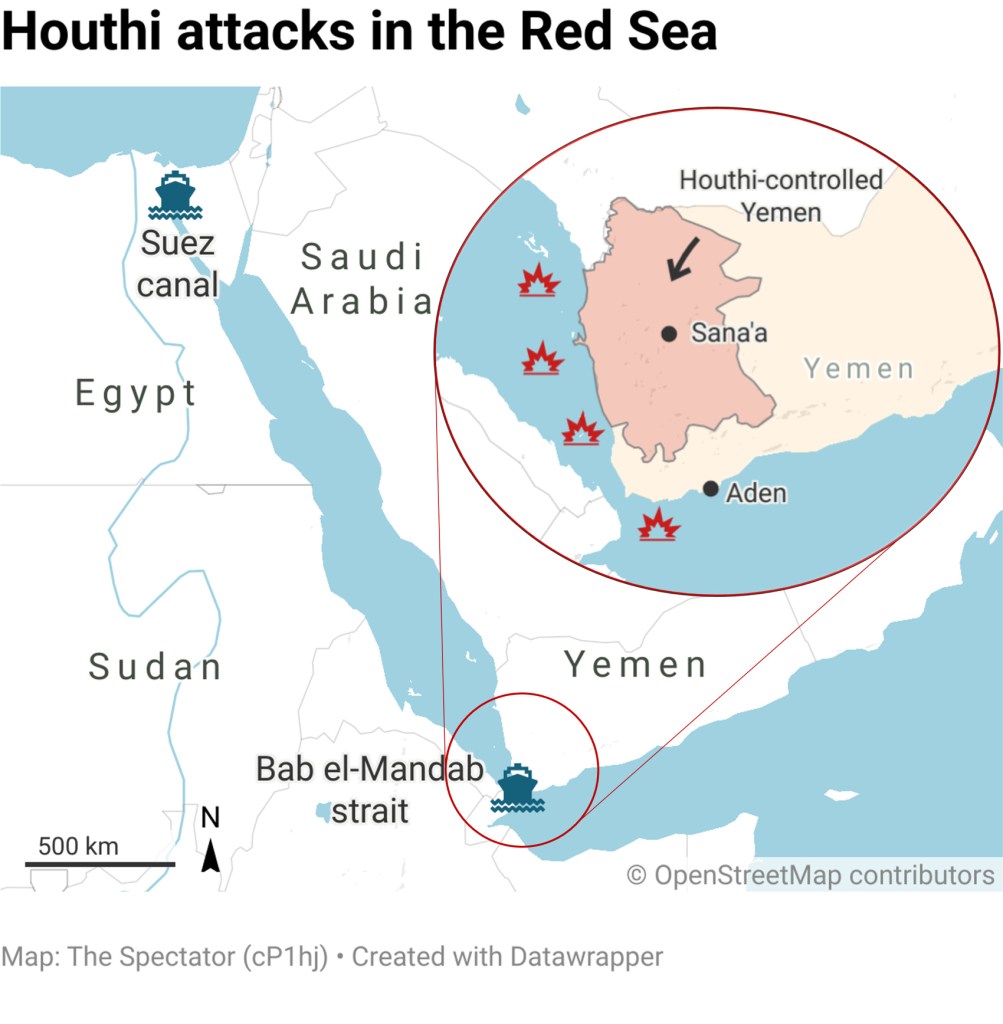
Since mid-November, this critical artery has been disrupted by Houthi militia who have launched attacks on commercial vessels, ostensibly targeting Israel and those deemed to support it. The Houthis, a Shiite clan from the Saada province in Yemen, have been in the ascendancy in the south-western tip of the Arabian peninsula for several decades, taking on the Sunni majority in Yemen with increasing success and violence since 2004. After taking over Sanaa a decade ago, they spread their control over much of northern Yemen, causing a humanitarian disaster. More than twenty million people and 80 percent of Yemenis are without food or basic services.
Houthi military capabilities and ambitions have grown recently, with missile attacks launched on Saudi Arabia in 2017 and on the UAE in 2022. The suspicion over who has supplied them with missiles and other advanced technologies has fallen firmly on Iran, itself a Shiite state, and one whose relationship with those supporting the government in Yemen — as well as with Saudi Arabia — has long been strained. Although the US points to this Iranian backing, one senior officer in the Iranian Revolutionary Guard Corps claimed that Tehran only gives “advisory and spiritual support.” Ballistics experts disagree, noting the Houthis’ missiles were designed and likely manufactured in Iran.
The escalation of tensions and attacks in the Red Sea therefore do not seem a coincidence. The Houthi spokesman Mohamed Abdel-Salam claimed that attacks on shipping were limited to Israeli ships or those associated with Israel, and were intended to show “religious, humanitarian and ethical” support for the Palestinians. Others see the timing and nature of the pressure on commercial shipping as designed to do more than that, perceiving Iran’s hand at play in widening the crisis in Gaza and the region. There have been worrying escalations following high-profile strikes by Israel on Hamas political leaders in Beirut and Hezbollah chiefs in southern Lebanon, and by American forces on targets in Iraq and Syria following a spate of attacks on US military bases.
The Houthis won’t stop their assaults soon. Their response to a demand issued by the US and twelve other countries of bearing “the consequences if they continue to threaten lives, the global economy and the free flow of commerce,” was to launch an unmanned surface vessel packed with explosives into the shipping lanes. The intent was “to do harm,” according to the Pentagon. Although the boat drone detonated early, intentionally or otherwise, it served both as a statement of defiance and as a means of further frightening shipping companies. They emphasized how undaunted they were by the joint statement by launching their largest attack to date on Tuesday night, firing twenty-one missiles and drones at shipping lanes where merchant vessels were transiting.
The disruption, and the threat of disruption, come at a price: some companies that bring goods to Europe from Asia, such as the high-street retailer Next, have warned of supply problems and inventory delays. Those impacts are likely to rise: the Chinese shipping company Cosco announced this week that it will not send ships through the Red Sea — though no attacks have been launched or warnings issued to Chinese shippers.
The timing is unfortunate. Another of the world’s great chokepoints — the Panama Canal — is operating at barely half capacity as a result of a drought, exacerbated by El Niño. This has had a severe impact on the manmade lakes of Gatun and Alajuela, which are designed to feed the lock system with freshwater. With inflation seemingly back under control after a difficult two years, the knock-on effects on global trade will rise if the rains do not come to Central America and if the crisis in the Red Sea continues — or deepens.
It is bad timing for Britain’s navy, which is being asked to do more and more with less money and fewer sailors. Warships are to be scrapped due to lack of manpower. Then there are question marks over major refits, which are intended to extend the lives of frigates built for the twentieth century, which are now expected to do twenty-first-century jobs.
The demands on Western intelligence is extensive and rising. There are operations in the Eastern Mediterranean, the Black Sea and off the coast of West Africa as well as in East Asia — not to mention Operation Prosperity Guardian, the US-led security force announced at the end of last year, whose aim is to keep shipping lanes open. That the navy advertised recently on LinkedIn for a rear admiral — director of submarines is a sign of the times: being a global power means investing in the future, rather than sticking plasters on problems that spring up.
Ironically, then, the challenges posed by the Houthis are hardly new. Nor, for that matter, is the chokepoint at the entry to the Red Sea: the east coast of Africa is already home to military bases operated by the US, UK, Italy, Japan, France, Turkey, UAE, and now Russia and China (the last two are a source of considerable concern to western analysts). That the approach to the Bab el-Mandeb is one of the most heavily militarized in the world makes the shut-down of the shipping lanes all the more remarkable.
What happens next is hard to predict. European countries are not on the same page when it comes to issuing threats to the Houthis. The US is uneasy that France and Italy are sending warships independently, rather than being part of the US-led alliance. The list of missing partners is longer and telling: India and China, not to mention all the Arab states — bar Bahrain — are taking their own steps and precautions to monitor the situation and notionally at least trying to keep shipping on course. The concept of working in concert and acting together for a common outcome is not so much elusive as seemingly impossible.
Then there is the law of unintended consequences. Israel is deemed to be the target of Houthi actions, but it’s the Egyptian economy (which is already in a parlous state) that is being hit far harder. This may force the hand of President Sisi to intervene in Gaza — although how and with what effect is unclear. Iran, too, has skin in the game: much rests on whether it seeks leverage and concessions in return for restraining the Houthis (and Hezbollah) and being rewarded as the region’s ultimate puppet master.
Regardless, it’s the suffering of Palestinians that is being traded in the latest chapter of what some call the new “Great Game.” It’s an unpopular formulation these days: many point out that as well as simplifying complex problems, the idea of a game implies there is a strategy. As Mike Tyson put it, everyone has a plan until they get punched in the face. For now, it’s a question of responding to events and hoping for the best. The only logical alternative is escalation. And that is one reason why this chokepoint carries the name that it does. In Arabic, Bab el-Mandeb means the gate of grief or the gate of tears. Being choked, after all, brings tears to the eyes. Let’s hope it doesn’t bring more than that.
This article was originally published in The Spectator’s UK magazine. Subscribe to the World edition here.










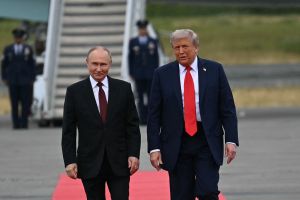




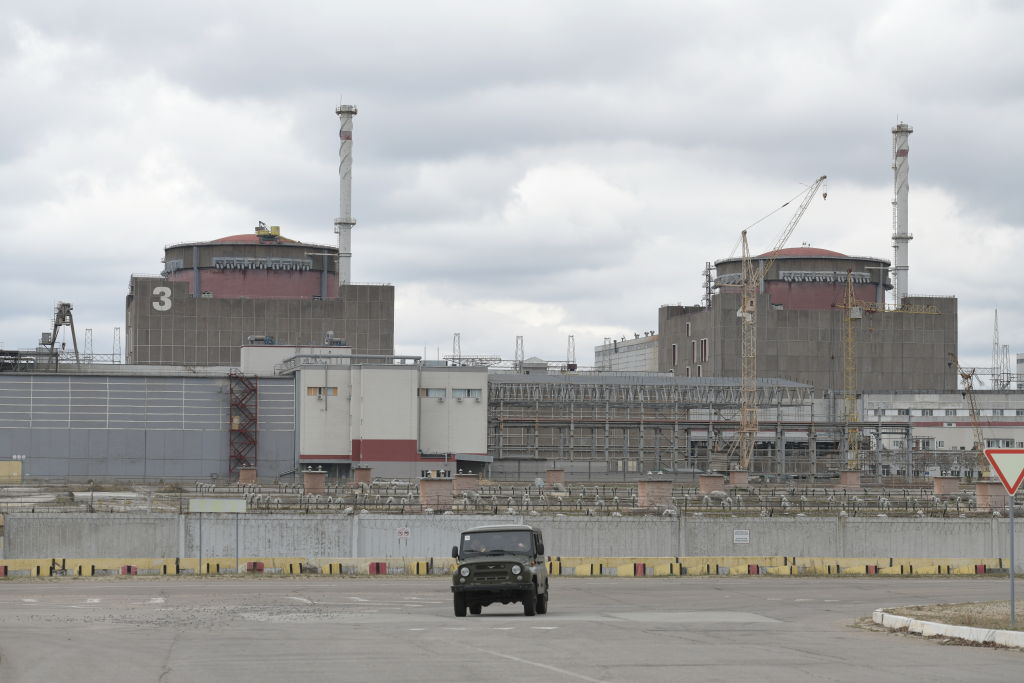
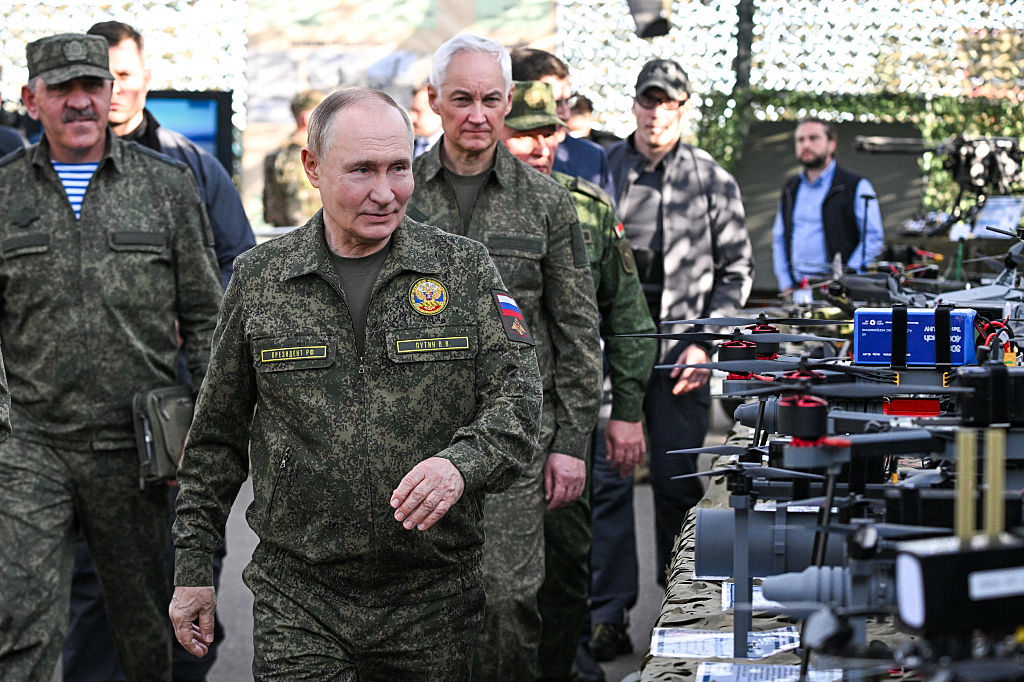
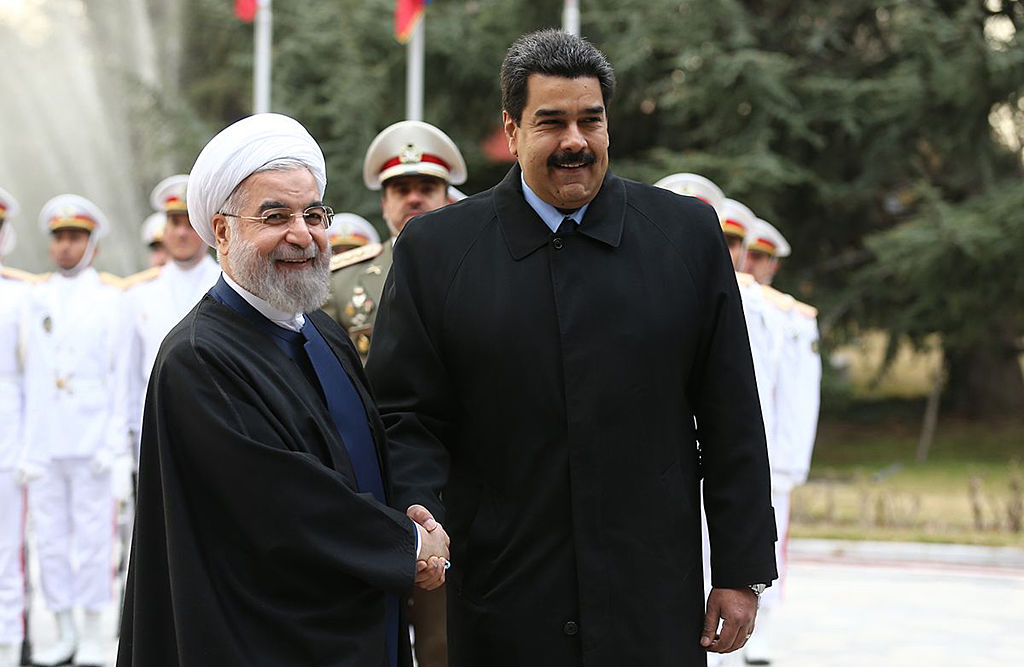
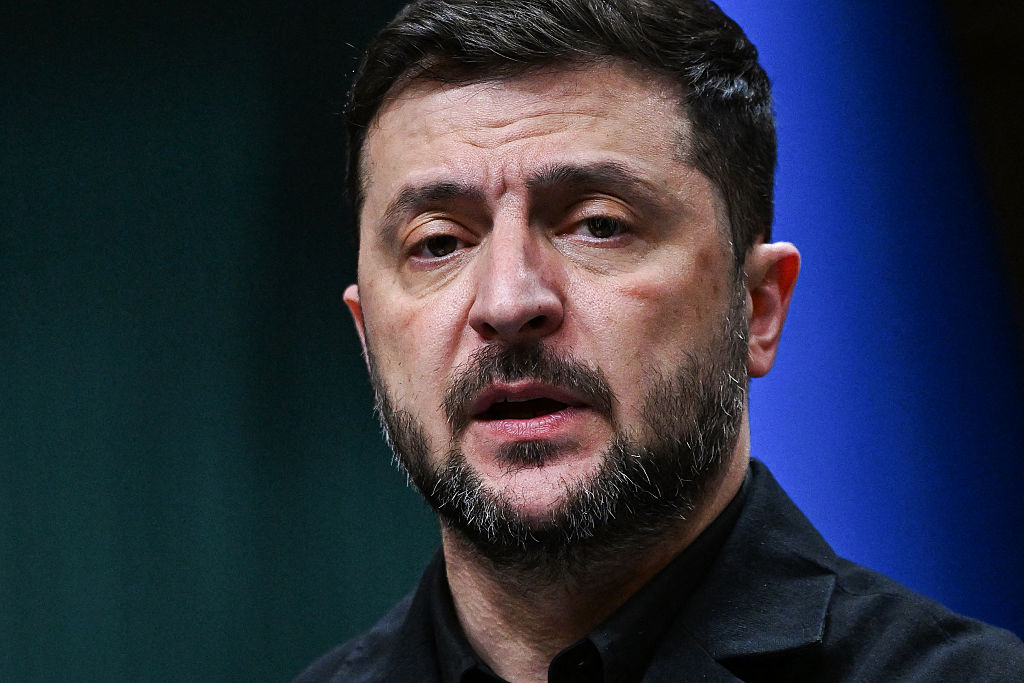







Leave a Reply